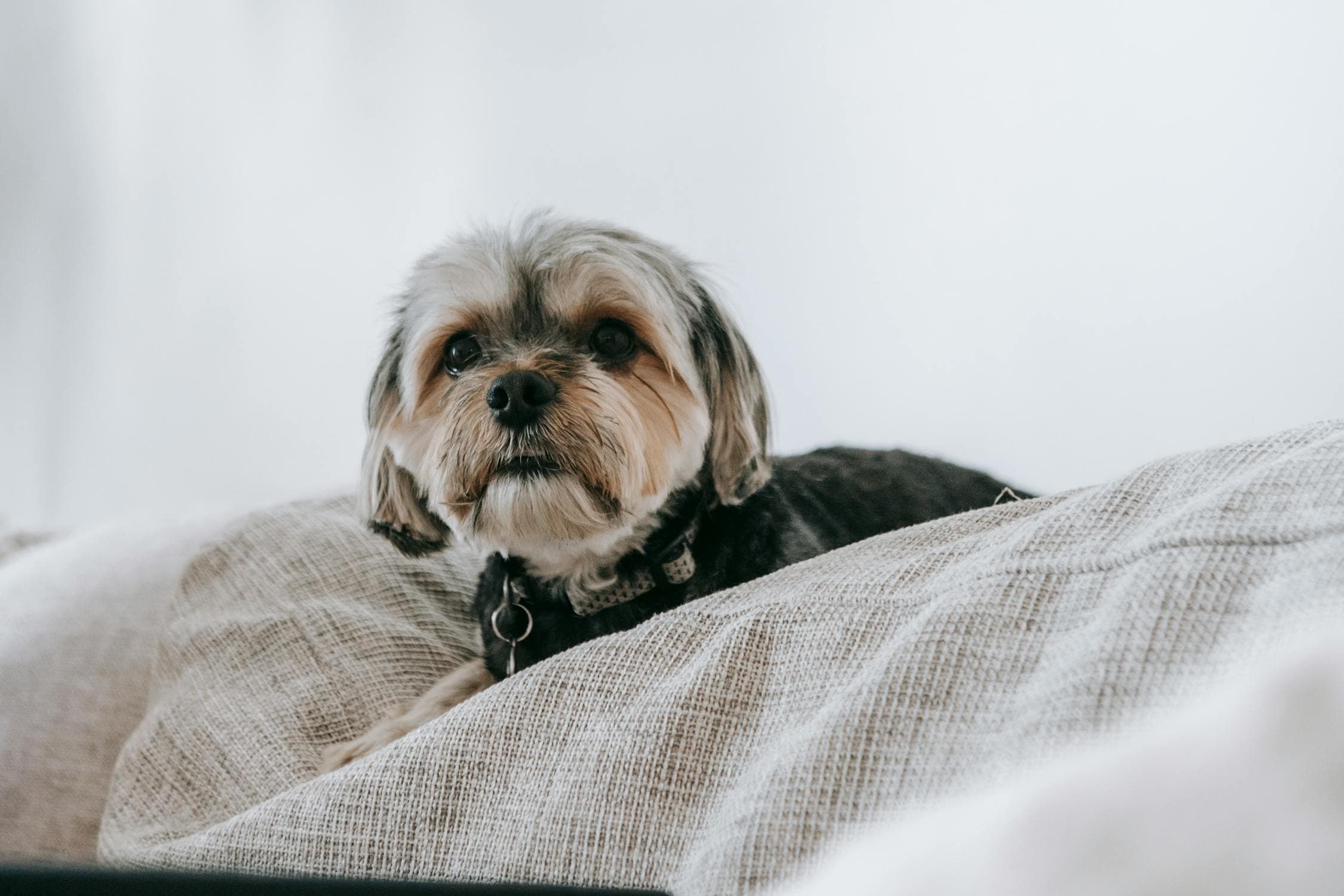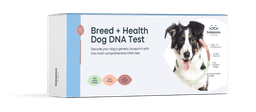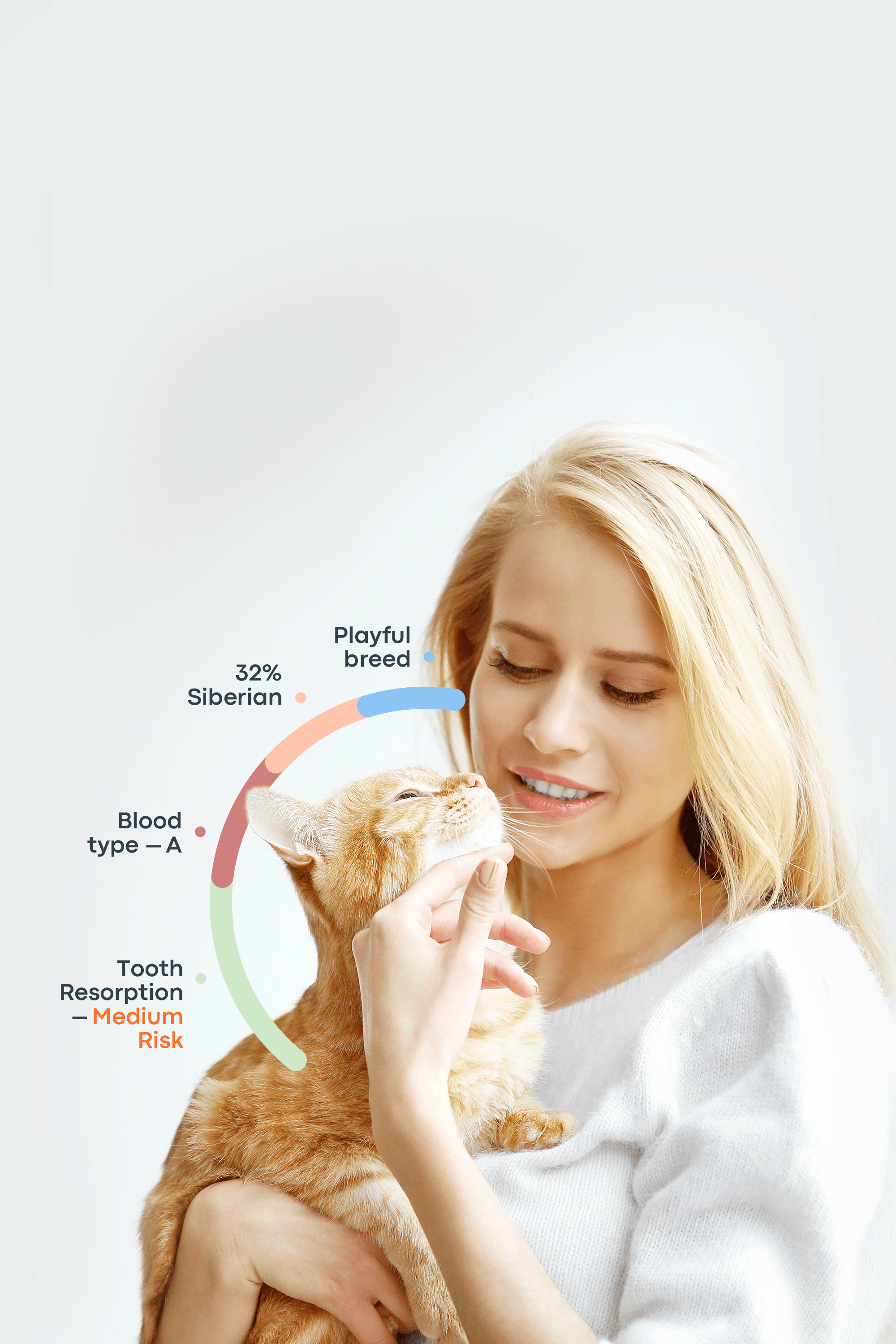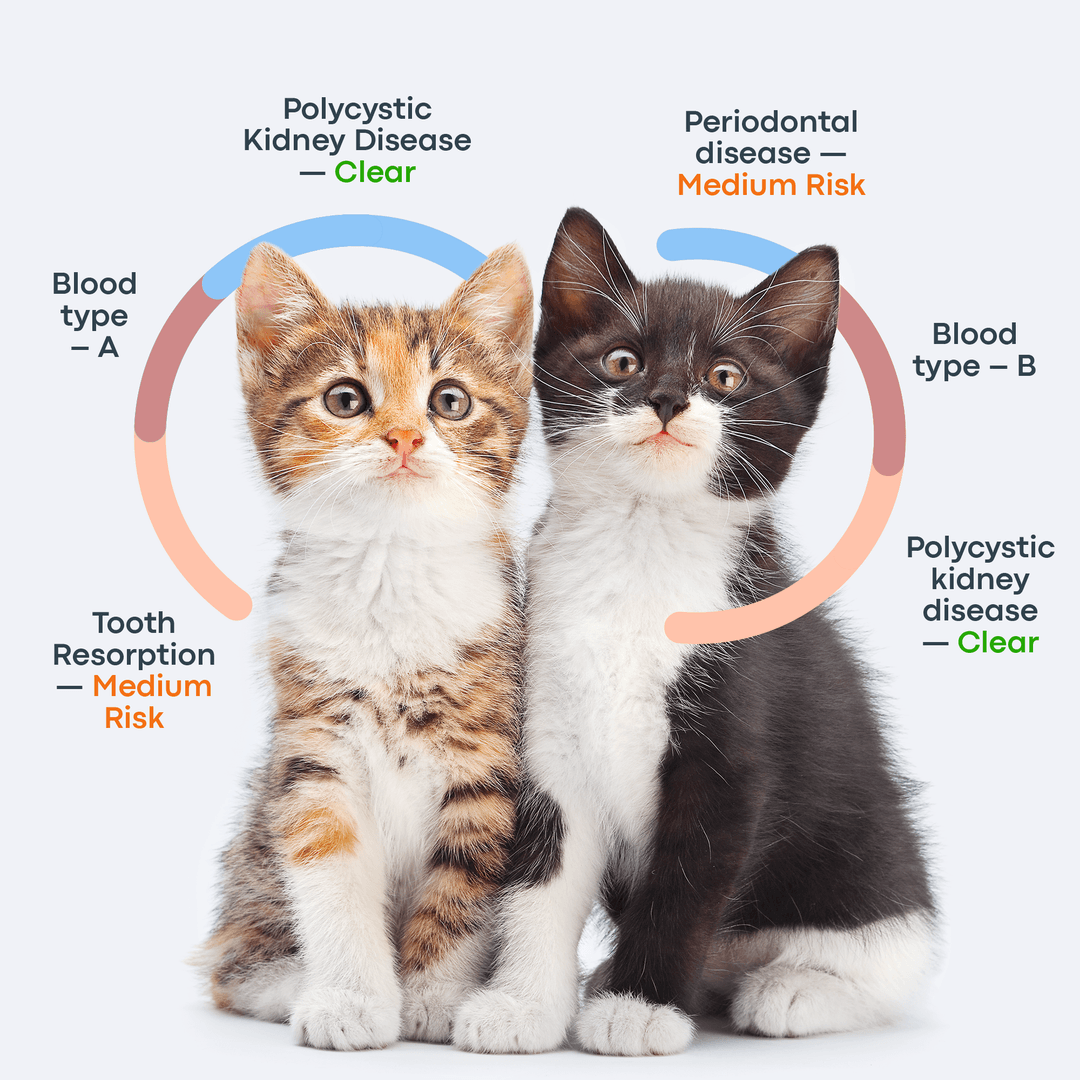Whether your dog had a one-time accident or it has been happening for quite some time, the urine odor lingers, and it isn’t pleasant. It’s important to address the main issue if your dog has had repeated accidents. Moreover, neutralizing the urine is crucial to prevent this behavior.
The article discusses what neutralizes dog urine: ingredients and methods to help you stop your dog from peeing in the wrong place.
Why Dog Urine Smell Lingers – And What You Can Do About It
Urine mainly consists of water, uric acid, urea, creatinine, enzymes, and other organic compounds. When a dog urinates on a surface, it begins to break down, forming a breeding ground for bacteria. These microorganisms feed on the urea that releases ammonia and other compounds, producing a foul smell.
If your dog has peed inside, you need to neutralize the urine in addition to cleaning it. An enzyme-based cleaner can effectively get rid of urine stains and odors as it will break down complex compounds into simpler, non-toxic substances. It eliminates the urine odor. Air fresheners and surface wipes only mask the pee odor, not solving the real issue, and keep inviting your dog to repeat accidents.

Neutralizing vs Cleaning: What’s the Difference?
Cleaning dog urine usually involves removing stains and odors. Whereas neutralizing dog urine mainly focuses on eliminating the substances that lead to unpleasant smells, which helps prevent more accidents.
An enzymatic neutralizer typically uses enzymes to break down compounds into harmless substances, eradicating bad odors.
The method you choose to get rid of dog urine depends on the surface and age of the stain because different surfaces react differently to cleaning methods. And new stains are easier to deal with than old and set-in ones.
Neutralizing Dog Urine on Different Surfaces: What Works Best
Dog Urine Neutralizing Methods by Surface Type
Surface Type | Recommended Action | Optional DIY Tips |
Carpet/Upholstery | Enzymatic cleaner, blot with paper towels, rinse with water | Baking soda overnight, DIY vinegar mix |
Hardwood/Laminate | Use pet-safe hardwood cleaner, vinegar solution (diluted), test in small area | Sprinkle baking soda while damp, wet-sanding |
Rugs/Bedding | Wash with enzyme-based stain remover and detergent | Hot water wash, hydrogen peroxide + baking soda |
Crates/Kennels | Enzyme cleaner or vinegar solution, rinse thoroughly | Use cloths/paper towels to absorb urine first |
Outdoor Patios | Hose with water, vinegar + baking soda | Rinse off well afterward |
For Carpets and Upholstery
Finding your dog’s pee on your new carpet can be frustrating because of the bad pee odor. And so, here the question arises: How to get pee smell out of carpet? Thoroughly cleaning and neutralizing the urine helps get rid of its stubborn odor. There are a few effective methods you can try for your carpets, couches, and mattresses.
Start with soaking the urine, which involves placing a thick layer of paper towels over and under the wet spot. Then put a thick layer of newspaper over it. This way, all the papers will absorb the urine. You can even stand on the papers to speed up the process.
Now, take off all the paper and rinse the spot with cool water, followed by blotting the water with towels or a wet vacuum. The next step is neutralizing the urine, which is removing the pee odor. But what neutralizes dog urine?
An enzymatic dog urine cleaner should help get rid of the stains and smell of urine from accidents. It usually contains ingredients like baking soda or hydrogen peroxide.
If you don’t have the commercial products to clean the urine stain, spread a small amount of baking soda evenly across the wet spot and let it sit overnight. Afterward, vacuum the area thoroughly until all the powder is cleared, and the place is clean.
Baking soda and vinegar can effectively neutralize odors and even freshen fabrics. According to an article by the American Kennel Club, you can make your DIY stain cleaner by mixing one cup of distilled white vinegar, one cup of water, and two teaspoons of baking soda in a clean spray bottle and shaking it up to mix everything perfectly. Spray the mixture on the stain and let it sit for a few minutes. Then dry with towels until clean.
For Hardwood and Laminate Floors
If your dog has peed on the hardwood floor, you must act fast. Place a thick layer of towels on the area your dog peed on. You can even stand on it to speed up the absorption. Keep using new towels to absorb the urine until there is no more to soak.
Use a specific hardwood pet urine remover to pick up the stain and odor, as these are specially formulated for hardwood and laminate floors. You can also use a one-to-one mixture of vinegar and water to get dog pee out of the floor.
If you are unsure about using vinegar on your hardwood floor, you can use a diluted version of this solution, which requires ½ cup of white vinegar and one gallon of warm water. As for odor, you can sprinkle baking soda on the area while it is still damp for a few hours and then vacuum it thoroughly.
You can use a urine stain remover after this step. Try testing it on a small area, then follow the instructions given on the product. You can even try wet-sanding the area to remove a deep stain.
But if the stain remains, the smell lingers, and the floor gets damaged, you must call a professional for cleaning or repair.
For Rugs, Bedding, and Soft Surfaces
If your dog has peed on items that can be put into the washing machine, using an enzyme-based stain remover with detergent will effectively get rid of urine stains and odor. You can even try washing the items with hot water and detergent.
However, some absorbent materials, like blankets, towels, or particular rugs, can easily absorb urine, making it difficult to clean. It leads to an unpleasant odor lingering in the house. Hydrogen peroxide and baking soda can be used to eliminate urine smells from rugs, bedding, and soft surfaces.
For Crates, Kennels, and Outdoor Patios
When cleaning dog urine from crates or kennels, remove bedding and toys. Soak all the urine using a thick layer of paper towels or cleaning cloths. Then use a pet-safe enzyme cleaner for dog urine or a solution of vinegar and water to scrub all the surfaces.
Finally, rinse the crate or kennel thoroughly with water to ensure no residue is left.
Now, if you’re wondering, “How to get rid of dog pee smell from the patio?” Well, simply hosing the patio with water can work by diluting urine and washing it away. However, you can also use natural neutralizers, such as baking soda and white vinegar, to take things up a notch. Make sure to thoroughly rinse off your patio after using these ingredients.
The Hidden Cause: Why Your Dog Keeps Peeing in the Same Spot
How lingering odors trigger repeat accidents
Dogs use scent to mark territory or communicate. Their urine typically contains pheromones that encourage peeing in the same spot. According to an article by PetMD, if the dog has had an accident in the house and the odor lingers, it can trigger your dog to repeat the behavior.
Training techniques to break the scent-memory loop
Try rotating the scents used in training to prevent your dog from establishing a strong scent-memory loop. Also, avoiding overexposing your dog to a single scent can help manage the scent loop.
When it’s not just behavioral: health issues to rule out
Behavioral issues, like anxiety or fear, are not the only reasons your canine friend keeps urinating in the house; several health problems can also affect a dog's digestive or urinary health.
Some medical conditions that cause them to drink more water and then urinate a large amount include kidney or liver disease, diabetes mellitus, diabetes insipidus, and Cushing's disease, according to the VCA Animal Hospitals.
Whether your dog has suddenly started soiling the house or has been persistent, it is crucial to consult a vet to rule out any underlying medical condition.
Prevention Starts Here: How to Stop Urine Smells Before They Start
To prevent dog urine smells before they even start, one of the effective ways to do that is by encouraging your dog to drink more water (you can provide multiple water bowls or add water to their food). This helps dilute the urine and decrease ammonia levels that add to the smell.
Consider a diet with protein levels according to your pooch’s size, age, and activity level because higher protein can raise nitrogen in urine, which typically leads to lawn burn and smell. It is best to consult your veterinarian about adjusting your dog’s protein levels.
Also, establishing consistent potty routines, cleaning accidents immediately, and using odor-neutralizing solutions can effectively inhibit dog urine odor.
Top Dog Urine Neutralizers: Natural vs Commercial Options
If you’re looking for commercial dog urine neutralizer options, choosing the best enzyme cleaner for dog urine, like Nature’s Miracle Enzymatic Formula, will be more efficient. The good thing about enzyme-based cleaners is that they are biodegradable and break down into non-toxic substances, making them safe for pets and children.
However, enzymatic cleaners are more time-consuming than chemical ones, and factors like pH and temperature can affect their effectiveness.
Baking soda, hydrogen peroxide, and vinegar are often used as natural remedies to neutralize dog urine odors and stains. Baking soda is effective at absorbing moisture and odors but may leave behind residue and is not always strong enough to remove deep stains. Hydrogen peroxide works well as a stain and odor remover, but it can bleach fabrics and may be harmful to pets if ingested.
On the other hand, the acidity of vinegar neutralizes ammonia, but an undiluted form of it can cause damage to wood and some fabrics.
Avoid using products that have ingredients, like ammonia, chlorine, and sodium lauryl sulphate to clean your dog’s mess. Also, DIYs can be helpful when you’re in a pinch and do not have the right products. They can be effective when used along with professional help. However, they may not always work, especially if the behavior is established or your dog is suffering from an underlying medical condition.
Comparison of Natural Neutralizers
Neutralizer | Pros | Cons |
Baking Soda | Absorbs moisture and odors | Can leave debris, not effective for deep stains |
Hydrogen Peroxide | Excellent at removing stains and odors | May bleach fabric, harmful if ingested by pets |
White Vinegar | Neutralizes ammonia, effective deodorizer | Can damage wood/fabrics if undiluted |
Final Tips: Long-Term Odor Control for a Fresh-Smelling Home
It is important to have a good ventilation system and consistent deep cleaning schedules, and your dog no longer has accidents. These are some effective ways to control odors in the long run.
Consider building a quick clean-up kit for when your dog decides to pee on the couch out of nowhere. It should include paper towels, baking soda, a spray bottle containing vinegar and water in equal parts, and an enzymatic cleaner.
Ensuring you have properly neutralized the urine is essential; one way to do that is by sniffing the spot. If it is odorless, you have neutralized the area correctly. However, if you still smell a foul odor, consider calling a professional cleaner.
Frequently Asked Questions
My dog peed in an indoor potted plant. How do I get the smell out of the plant?
Remove the plant from the pot and wash the soil thoroughly with water. You can wash the pot with a mixture of dish soap and water. Use an enzymatic cleaner or vinegar solution to remove the pee odor.



